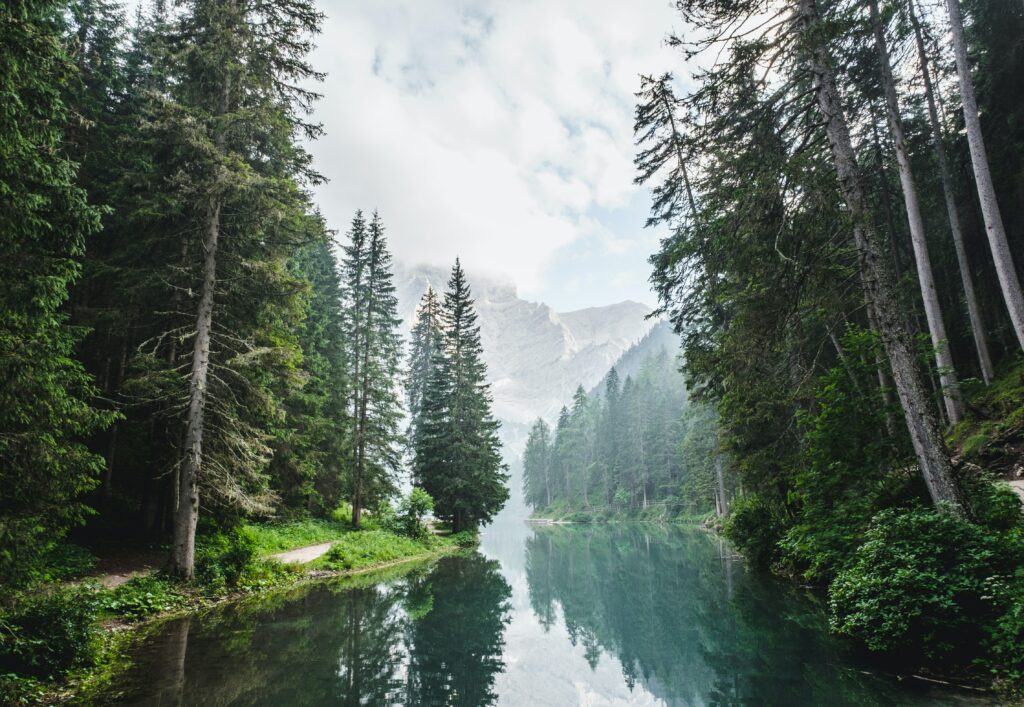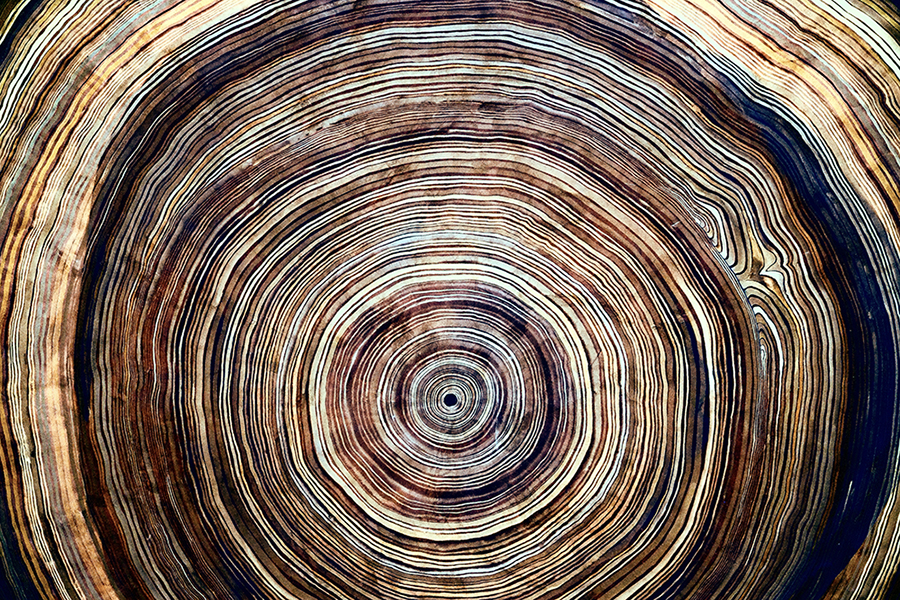From the CO2Science archive: In explaining the reason for their study, Viet et al. (2018) write that few studies exist that explore “the relationship between annual [tree-] ring width and climatic variables” in Vietnam. And of those that do exist, none utilize Merkus Pine (Pinus merkusii) despite its prevalence in the region. It thus became the authors’ research goal to fill this data gap by conducting a dendroclimatic study using P. merkusii to determine the response of this forest species to temperature and rainfall trends over the period 1960-2014.
Paper reviewed: Viet, H.D., Tu, K.N., Kwak, J.-H. and Choi, W.-J. 2018. Warming increased nitrogen availability and tree growth during the last five decades as revealed by annual ring data of Pinus merkusii in central Vietnam. Communications in Soil Science and Plant Analysis 49: 416-425.
To meet their objective, Viet et al. sampled and analyzed P. merkusii trees that were growing naturally in a tropical forest site in Quang Son commune, Quang Trach district, Quang Binh province in central Vietnam. Various tree ring parameters were then statistically compared with climatic variables obtained from a nearby meteorological station located 2 km from the forest site.
Results of the study reveal there was an increase in both tree-ring density and basal areal increment across the 55-year period of analysis (see Figure 1a,b). Viet et al. also report that a general warming trend occurred at the forest sampling site with the mean annual temperature rising 0.18°C per decade, which warming trend positively impacted both tree basal area increment and tree ring density (see Figure 1c,d below). In contrast, rainfall was only very weakly correlated with tree-ring parameters.
In light of the above findings, Viet et al. state that the “warmer conditions likely increased tree growth as photosynthesis rates of trees are temperature dependent when the increased in temperature does not exceed the optimum range (ca. 30°C) and other environmental constraints such as water availability do not limit tree growth.” Additionally, they say the rising temperatures may have enhanced soil nitrogen mineralization, which could have increased nitrogen availability for the trees, thereby promoting their growth.
Whatever the case may be, one thing is certain; the increasing temperatures of the past 55 years have not stunted, halted or harmed the growth of this tropical forest tree. Instead, they have enhanced it. And in our view, that is a positive outcome that is just the opposite of what climate alarmists claim should be occurring in response to rising temperatures.

Figure 1. Upper Panels: Variations in (a) basal area increment and (b) tree-ring density of P. merkusii between 1960 and 2014. Lower Panels: Correlation between (c) temperature and tree basal area increment and correlation between (d) temperature and tree-ring density. Source: Viet et al. 2018.



All these tree ring studies , except for the Vietnam one, ignore the obvious: wider growth rings that supposedly equate to warmer years mean that the trees are doing very well and growing heartily. Apparently, when trees thrive we are all going to die. [Of course, some climate zealot will posit that the trees are growing too fast for their own good. ]
And it follows that trees acclimated to warm, wet climates do better with a little warmer temperature but would suffer terribly if it snowed in Vietnam....the exact opposite effect when looking at the Ponderosa Pine, which would die in Vietnam. In my opinion tree rings are no more useful than old pictures showing higher or lower sea levels. It seemed like a clever work around but in fact the devil, as a;lways was in the details!
Well, trees that died back in the 1980’s aren’t going to be investigated, and you aren’t going to pick today’s trees unless they are healthy specimens, so there is an unwitting bias to tree rings appearing “thicker” the closer to the present that dedrochronologists test. Adjust base temps, cuz you don’t really know temps before about 1880, refit to modern thermometer record thereby double counting, then glue modern thermometric record onto your newly fitted graph thereby triple counting…and Bob’s-your-uncle proof of runaway global warming….possibly 1/3 correct….2/3 ??
Hmm, retired commercial pine forest manager here. Immense amount of work on genetic improvement, tree health monitoring and management, silvicultural manipulation and site management contributed to steady improvement in tree and stand yield and form over the course of my career. However, of recent years, I have come to realize - backed by solid science - that much of the improvement in the growth of trees has come down to the increased availability of CO2 over the 40 years.
There is a definite relationship, all else equal and with no growth limiting factors, between mean annual temperature and the growth rate of Pinus species. That is very clear from comparing different sites. But, the general improvement in yield and density over the last decades I rather suspect is as much due to CO2 fertilization effect as the small difference in temperature in the last 4 decades.
That would, of course, confound any link between 20/21st Century warming and increased ring density/basal area. Maybe you could "adjust" for it - but my suspicion is that would just be a wild ass guess!!
Well I don’t know about Vietnam but I would like to know about British Columbia where it has been getting warmer the trees in the Prince George area take a hundred to one hundred and fifty years to mature so with the warmer temperatures that would be a excellent place to study the affects of warmer temperatures on trees currently on Vancouver island we are logging trees 35 to 45 years old and the reason is that the older trees get the slower they grow this earth has been ice free more than once and it’s still here thriving the worst thing is going to be sea level rise because the infrastructure that will be lost and property that will worthless and lost Alberta and Saskatchewan were under water at one time wish I would be around to see the story unfold